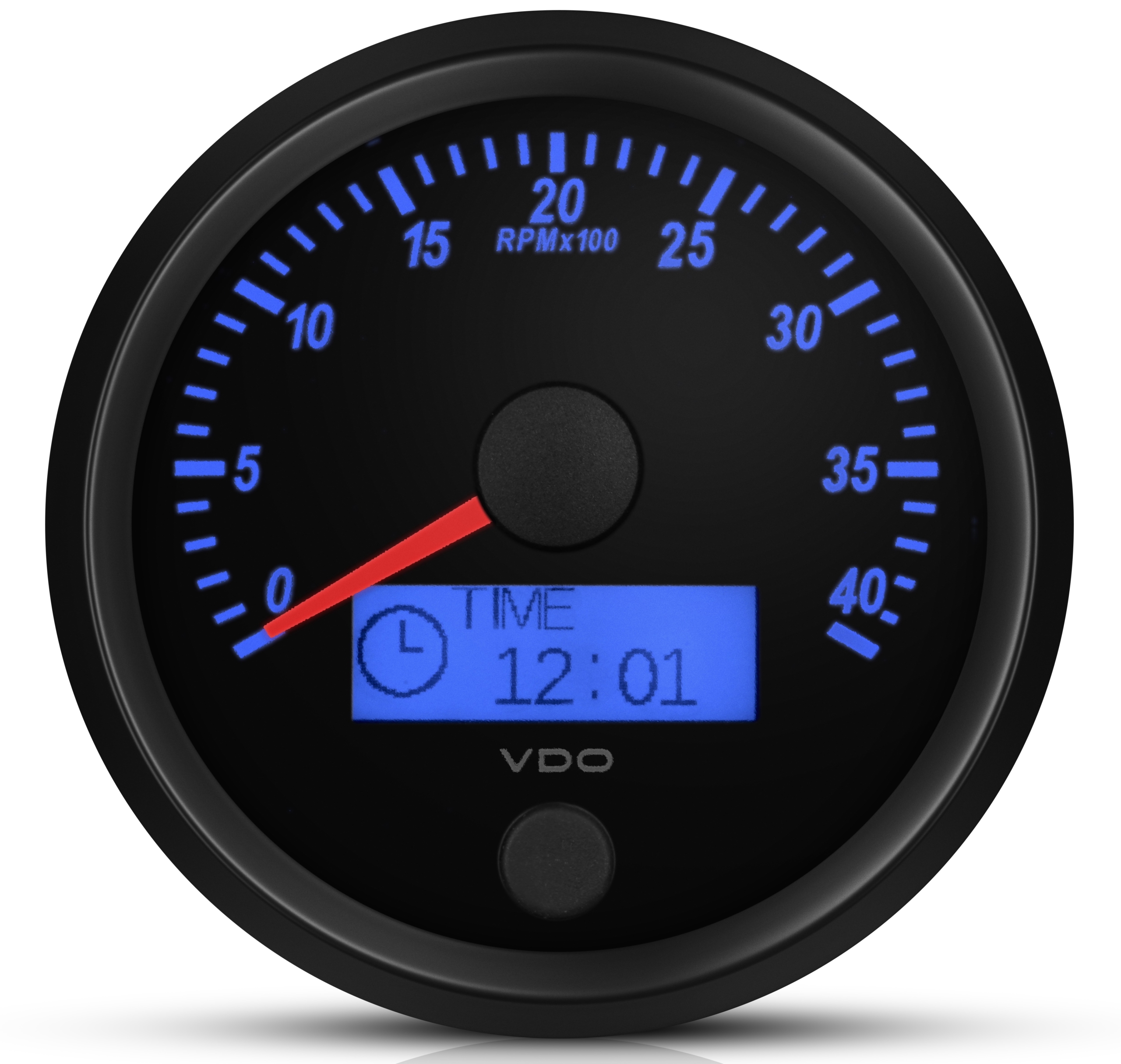Professional Tips for Preserving and Calibrating Your Tachometer
Professional Tips for Preserving and Calibrating Your Tachometer
Blog Article
The Significance of a Tachometer in Checking Engine Speed and Performance in Automotive Applications
In the world of vehicle design, the tachometer stands as a pivotal instrument in the motorist's toolbox, offering a direct window right into the internal operations of a lorry's engine. Beyond its feature as a simple scale of changes per min (RPM), the tachometer offers as a critical device for lovers and experts alike, offering real-time understandings right into engine performance and wellness.
Value of Checking Engine RPM
Keeping track of engine RPM, or transformations per minute, is a crucial facet of automotive maintenance and efficiency evaluation. Engine RPM straight correlates with the rate at which the engine's crankshaft revolves, indicating just how rapidly the engine is running - tachometer. By keeping an eye on RPM, technicians can analyze the health of the engine, detect possible problems, and fine-tune performance. An uncommon RPM reading might signify problems such as engine misfires, faulty trigger plugs, or problems with the gas distribution system. Continually high RPM readings could indicate hostile driving behaviors or the requirement for a higher gear shift to boost gas performance.
Additionally, checking engine RPM is important for efficiency analysis in racing and high-performance cars. In recap, checking engine RPM is not only important for finding issues but likewise for enhancing engine performance in different auto applications.

Benefits of Real-Time Data
In vehicle applications, real-time data plays a vital duty in giving instant insights right into the efficiency and problem of the vehicle. By constantly keeping an eye on numerous specifications such as engine rate, temperature level, fuel intake, and much more, real-time information offers numerous benefits that add to boosted performance and safety and security when driving.
Additionally, real-time information helps with efficiency optimization by supplying immediate comments on driving habits and engine efficiency. Drivers can readjust their habits in real-time based on this details to accomplish better gas economy and extend the lifespan of their lorry.

Furthermore, real-time information plays an important duty in modern auto diagnostics, allowing technicians to swiftly detect and deal with breakdowns. This leads to decreased downtime, reduced upkeep expenses, and inevitably, improved general automobile reliability and longevity (tachometer). By using the power of real-time data, automotive stakeholders can make enlightened decisions that look at this web-site positively influence both the efficiency and longevity of the car
Influence On Gear Shifts
Reliable gear shifts in auto applications significantly influence total performance and driving experience. The tachometer plays a critical role in optimizing gear shifts by supplying real-time engine rate information to the motorist. When coming close to the redline on the tachometer, it signifies the driver to upshift to avoid over-revving the engine and triggering prospective damage. On the other hand, downshifting at the best minute can aid keep the engine in its power band, making sure responsive acceleration when needed.
In addition, the tachometer help in accomplishing smoother gear transitions, specifically in hand-operated transmissions. By keeping an eye on engine rate, chauffeurs can perform gear changes at the ideal RPM range, decreasing snagging motions and lessening wear on the transmission components. This accuracy on duty modifications not only enhances driving convenience however also adds to fuel efficiency.
Enhancing Gas Performance
Offered the important function the tachometer plays in optimizing equipment shifts for efficiency and engine health and wellness, it straight adds to making the most of gas effectiveness in automobile applications. By giving real-time comments on engine speed, the tachometer helps vehicle drivers in keeping the most reliable RPM range for gas economy. When vehicle drivers regularly monitor the tachometer and readjust their driving habits appropriately, they can stay clear of unnecessary gas consumption brought on by over-revving or lugging the engine.
Moreover, the tachometer helps motorists identify the most fuel-efficient gear to be in at any kind of provided minute, protecting against the engine from working harder than required. In final thought, the tachometer serves as a useful tool in improving fuel effectiveness by promoting optimal driving practices and determining areas for improvement in the car's performance.

Maximizing Engine Longevity
The tachometer's role in keeping track of engine speed and efficiency contributes in making sure the durability of automotive engines. By making use of the tachometer properly, vehicle drivers can enhance engine longevity through conscious RPM administration. Consistently revving an engine too expensive can cause too much damage on find more info crucial parts, such as the pistons, valves, and bearings. Over time, this can cause reduced engine performance and prospective breakdowns. Keeping track of the tachometer allows chauffeurs to stay within the suggested RPM variety for their car, protecting against unneeded stress on the engine and prolonging its life expectancy.

Conclusion
To conclude, the tachometer plays a vital role in checking engine speed and his comment is here efficiency in vehicle applications. By giving real-time data on RPM, it permits for effective equipment shifts, boosted fuel effectiveness, and optimized engine longevity. This device is crucial for maintaining optimum engine performance and making sure the total functionality of an automobile.
Report this page